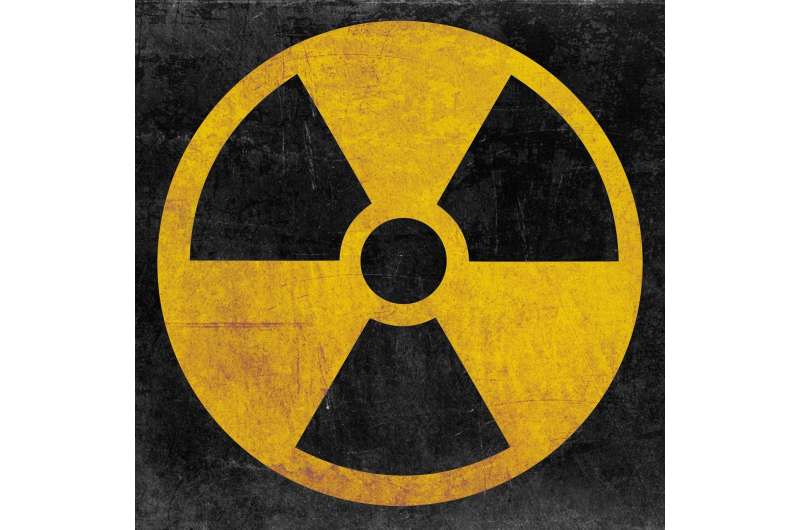Paper-based lateral flow device to detect uranium in groundwater

The presence of uranium in groundwater can lead to severe health problems, from renal failure to cancer. Standard methods to detect uranium involve time-consuming processes and expensive, non-portable equipment. Measurements are therefore rarely performed in-field, which adds time between the moment of contamination and the moment of detection, delaying remediation efforts.
Researchers of the ICN2 Nanobioelectronics and Biosensors Group led by ICREA Prof. Arben Merkoçi have applied their expertise in paper-based sensor systems to develop an inexpensive, portable biosensor able to detect uranium in small enough quantities to ensure compliance with international drinking water standards.
In the paper published in Scientific Reports, lead author Dr. Daniel Quesada reports on the development of a lateral flow system that used antibody-coated gold nanoparticles as high-sensitivity labels.
More information: Daniel Quesada-González et al. Uranium (VI) detection in groundwater using a gold nanoparticle/paper-based lateral flow device, Scientific Reports (2018). DOI: 10.1038/s41598-018-34610-5
Journal information: Scientific Reports


















